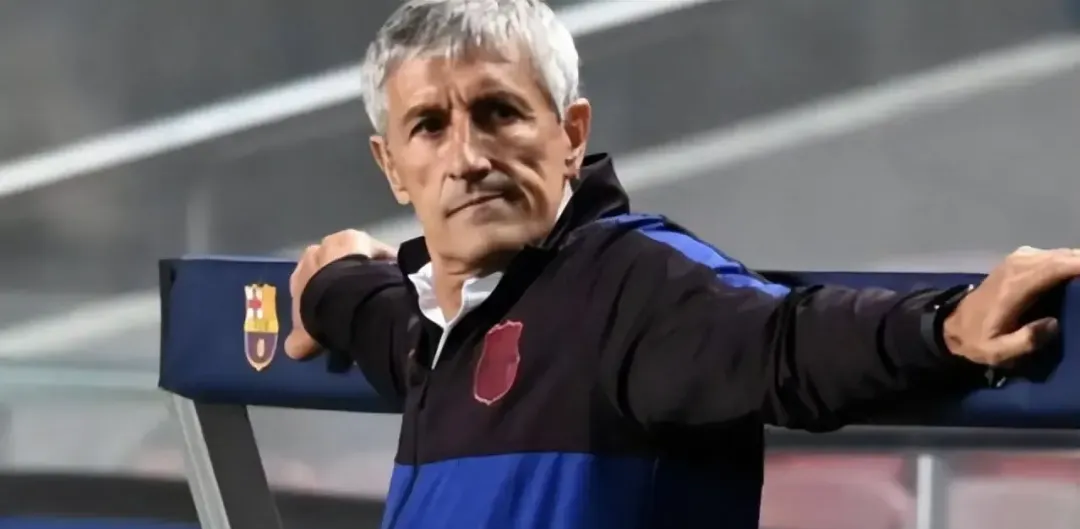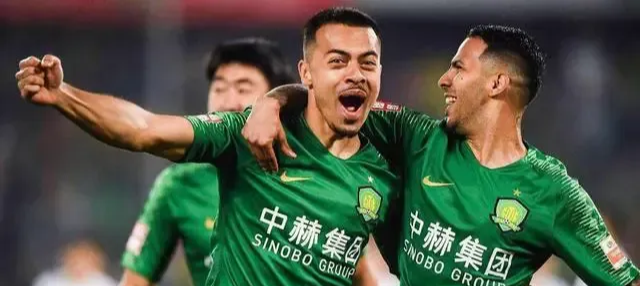Beijing Guoan displayed remarkable competitive levels in the 2024 season, achieving commendable results in both the Chinese Super League and the FA Cup, ultimately securing qualification for the new season's AFC Champions League. Such achievements should have solidified head coach Suarez's position, as his tactical acumen and leadership abilities were widely recognized and praised by fans.

However, the club clearly had higher aspirations for the new season. In pursuit of the championship in the Chinese Super League, the management made a controversial decision to dismiss the meritorious coach Suarez and appoint Setien, who has richer coaching experience. This decision sparked some doubts but also reflected the club's determination and courage to strive for excellence.

Upon taking over Guoan, Setien immediately demonstrated a distinctly different coaching style and philosophy from his predecessor. As a renowned coach with extensive experience in European football, he has unique insights into team building. Most notably, his approach to youth training players became the first major reform after his appointment.

Under Setien's decision, five youth training players, including Liang Shaowen and Ruan Qilong, were sent away from the team. These players are excellent talents nurtured by Guoan's youth training system for years, representing the club's future hopes and showcasing impressive competitive levels, especially in the AFC Champions League. Among them, Liang Shaowen scored an impressive free-kick in the AFC Champions League, earning crucial points for the team and leaving a deep impression on fans.

However, the development trajectory of these youth training players seemed to have fallen into an awkward dilemma. Despite serving under four head coaches, they never truly secured stable playing opportunities or significant roles. This situation is related to multiple factors: previous coaches were cautious about using young players in important matches, while the players' own competitive states and potential for improvement also played a part.

Setien made a pragmatic judgment on this status quo. He believed that instead of letting these young players waste their time on the bench, it would be better to transfer them when they still hold transfer value, achieving a win-win situation. This consideration can bring tangible economic benefits to the club while allowing young players to seek more playing opportunities in new environments.
This decision was quickly implemented. For example, He Xiaqiang, who performed well on loan at Dalian Yingbo last season, joined Chongqing Tongliang Long for a transfer fee of 3 million yuan. This transfer not only generated considerable income for the club but also provided a new development platform for the player himself.
Although such reform measures evoked some regret and reluctance among fans, they also reflected Setien's pragmatic style and coaching philosophy focused on practical effectiveness. He does not let emotional factors influence his judgment but makes decisions based on the team's actual needs and the players' development prospects.
For these departing young players, this might be a new opportunity. Fans generally hope they will get more playing time at their new clubs and fully demonstrate their talent and potential. After all, for young players, the most important thing is to accumulate experience and improve their abilities through actual combat.
This youth training reform marks the beginning of a new journey for Beijing Guoan under Setien's leadership. Although it may face some doubts and challenges in the short term, in the long run, such radical reforms may be the necessary path for the team to break through developmental bottlenecks and achieve higher goals. In the future, we will wait and see if this old powerhouse can create even more brilliant achievements under the guidance of the new coach in the new season.